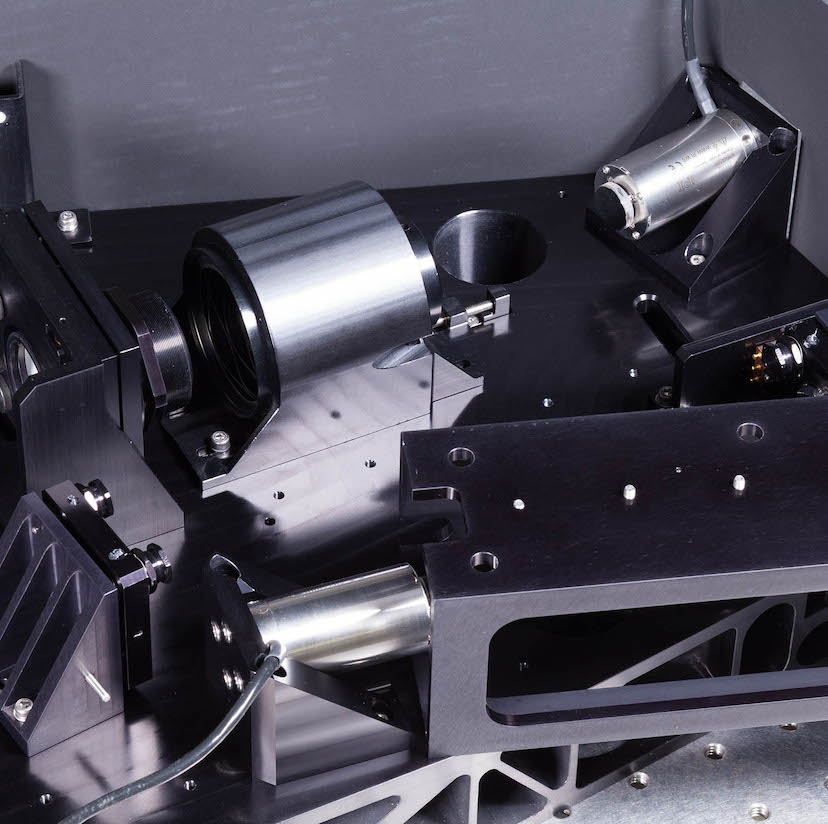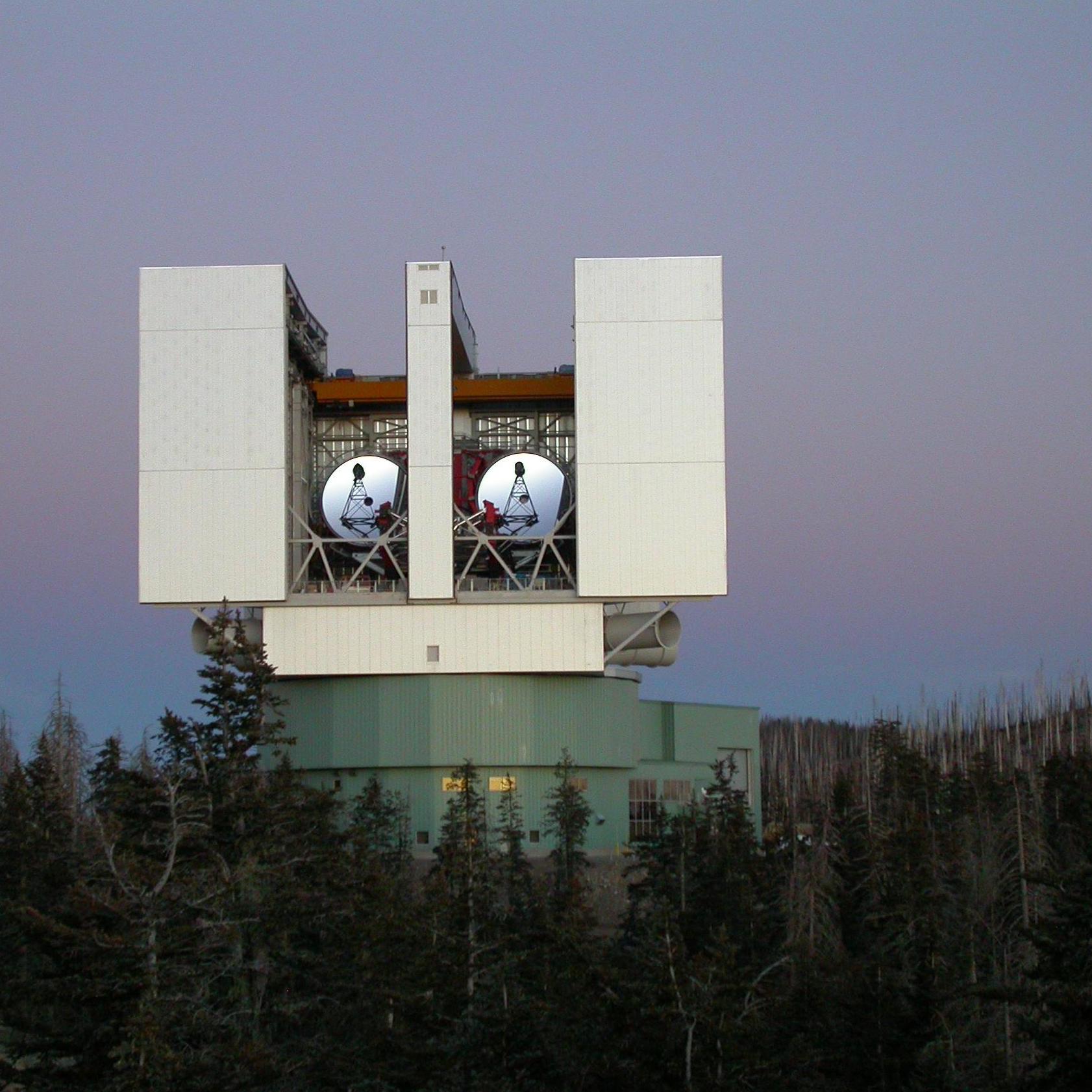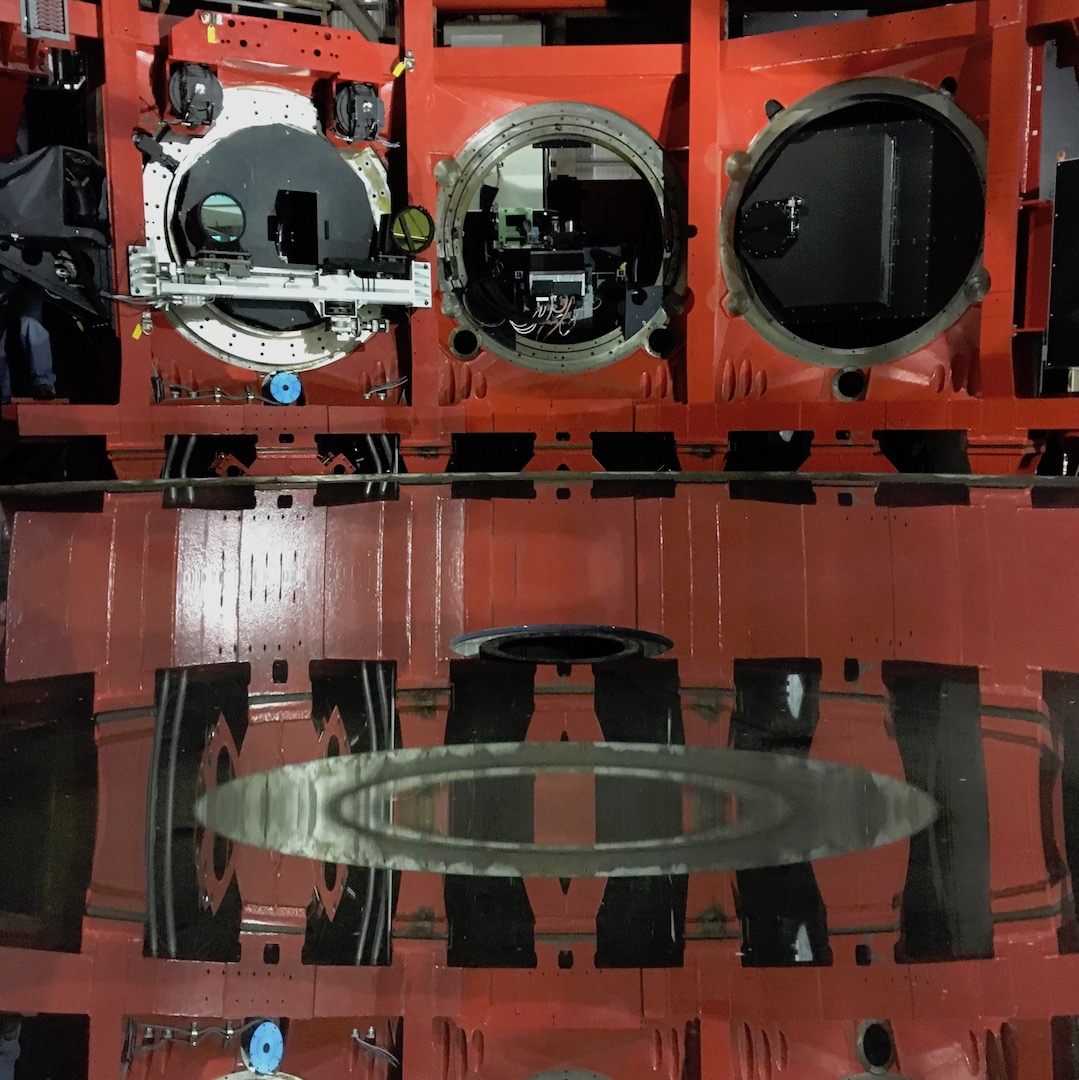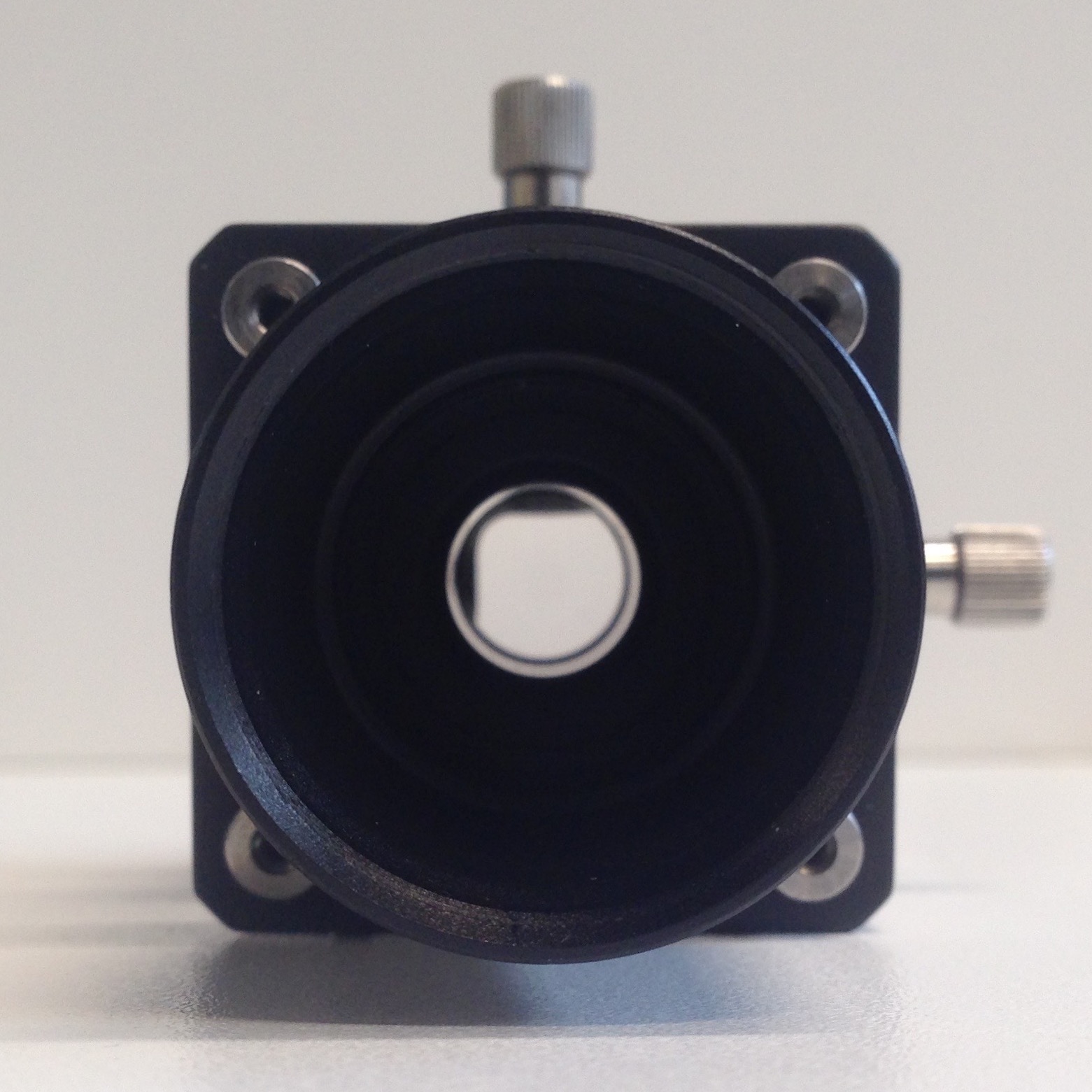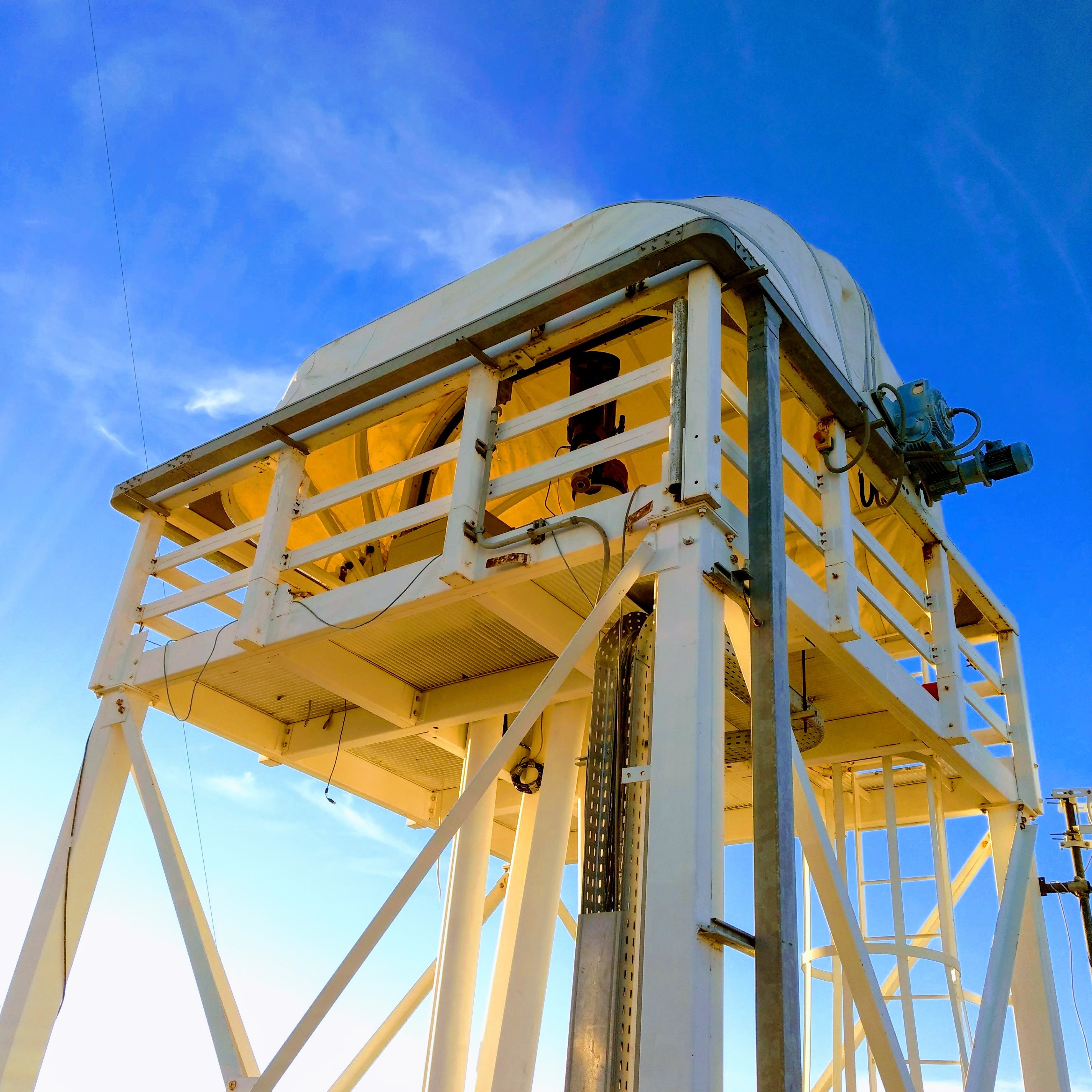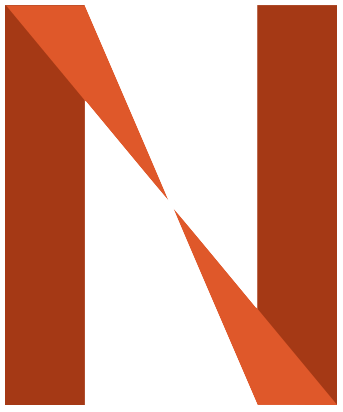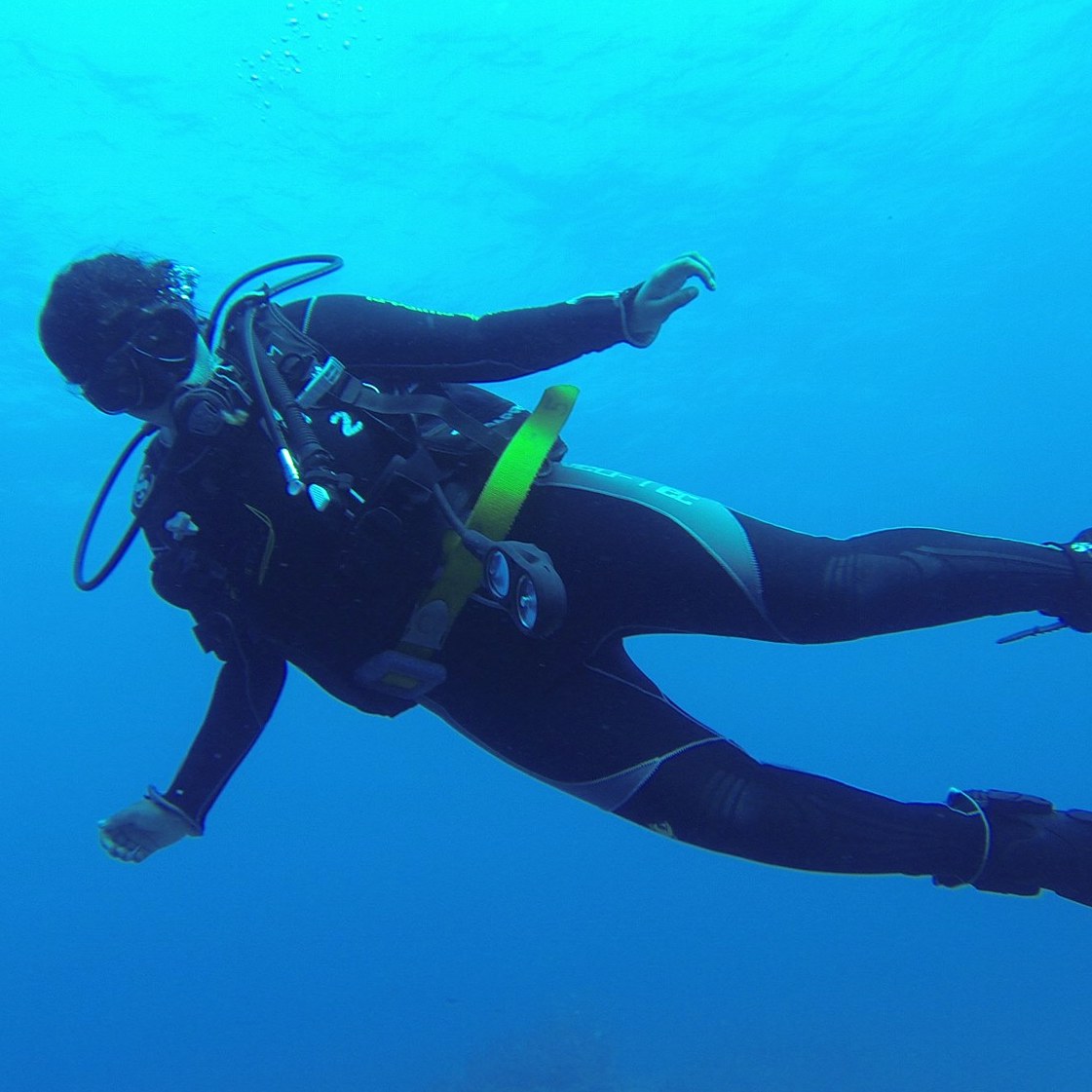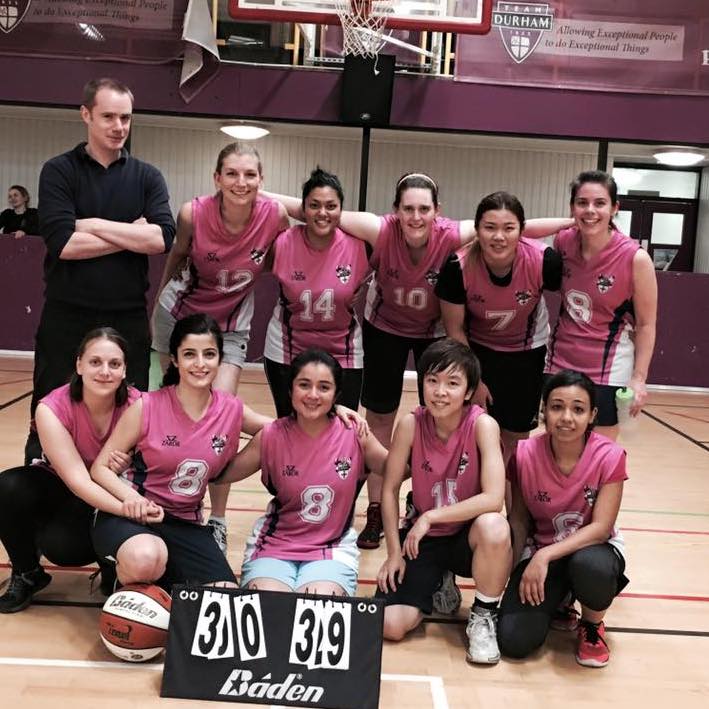NYRIA
What Is NYRIA?
The Network for Young Researchers in Instrumentation for Astronomy (NYRIA)
is an international network created with the intention to bring together early career
researchers working in the field of VID/IR ground-based astronomical instrumentation.
NYRIA aims to promote collaboration, the sharing of knowledge and experience and
comradery in the field.
What Do We Do?
One of our key activities is our annual workshop. This is generally a small
sized meeting (~30 attendees) hosted at different institutes each year. As part of the
event all attendees present their work, we give tours of the host institute’s labs,
organise a hack-a-thon, invite speakers to discuss research and a career in astronomical
instrumentation, and organise social activities including a conference dinner. As well
as this, we have a mailing list where we forward PhD and postdoc positions as well as
conferences that might be of interest.
My Role
As one of the co-founders of NYRIA (see History of NYRIA) I co-run the network,
help organise our annual meetings (including hosting one of our early events in Durham
University in 2016) and created and maintain (with Felix Bosco) our website. I am currently
in the process of creating a blog on the website where members can write articles about their
research and experience as a researcher.
History of NYRIA
I, along with seven others, co-founded NYRIA after meeting at the "Reaching
the limits of the sky, astronomical instrumentation in the 21st Century" summer school, in 2014.
The summer school was an incredible experience and for most of us it was the first time to
Chile and Paranal Observatory. We all got on like a house on fire and at the end of the two
weeks it was sad to say our goodbyes. Most of us stayed in contact and those who were based in
Europe decided to get together in Heidelberg, Germany, at MPIA. Those at MPIA organized a tour of the facilities
and we gave talks to update each other on what we had done in the last year.
In the end, we realized how special a community like ours was and from then on we decided to
run annual workshops in different institutes, growing with each year, with attendees from across the globe.
Contact Us
Please visit the NYRIA website to get more information on what
we do and what we have done. If you have any questions feel free to contact me.
